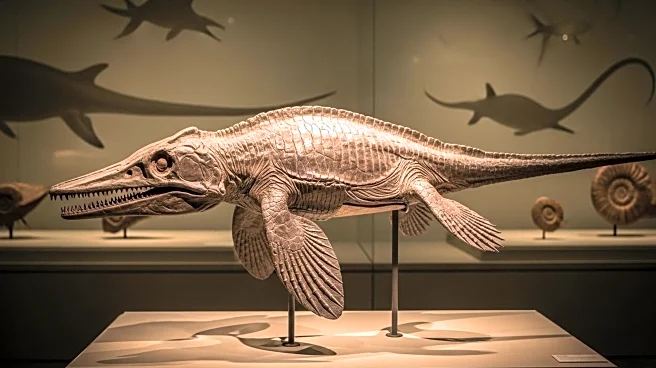What is the story about?
What's Happening?
A study published in Cell has revealed the evolutionary origins of Type V CRISPR-Cas systems, tracing them back to an RNA-splitting event in transposons. This discovery was made by researchers from the Chinese Academy of Sciences and Tsinghua University, who identified 146 relatives of TnpB nucleases. These findings show that a simple RNA split transformed transposons into Type V Cas12 immune systems, which are now pivotal in gene editing and diagnostics.
Why It's Important?
Understanding the origins of Type V CRISPR systems provides valuable insights for developing next-generation genome-editing technologies. The small size and flexibility of TranC enzymes, derived from transposons, offer new templates for CRISPR tools that are easier to deliver and control. This discovery not only satisfies evolutionary curiosity but also has practical implications for advancing CRISPR applications in medicine, agriculture, and synthetic biology.
Beyond the Headlines
The study highlights the significance of RNA-level innovation in the evolution of CRISPR systems, demonstrating how minor molecular changes can lead to major biological advancements. This knowledge could guide future research in engineering more efficient and versatile genome-editing technologies.
AI Generated Content
Do you find this article useful?














